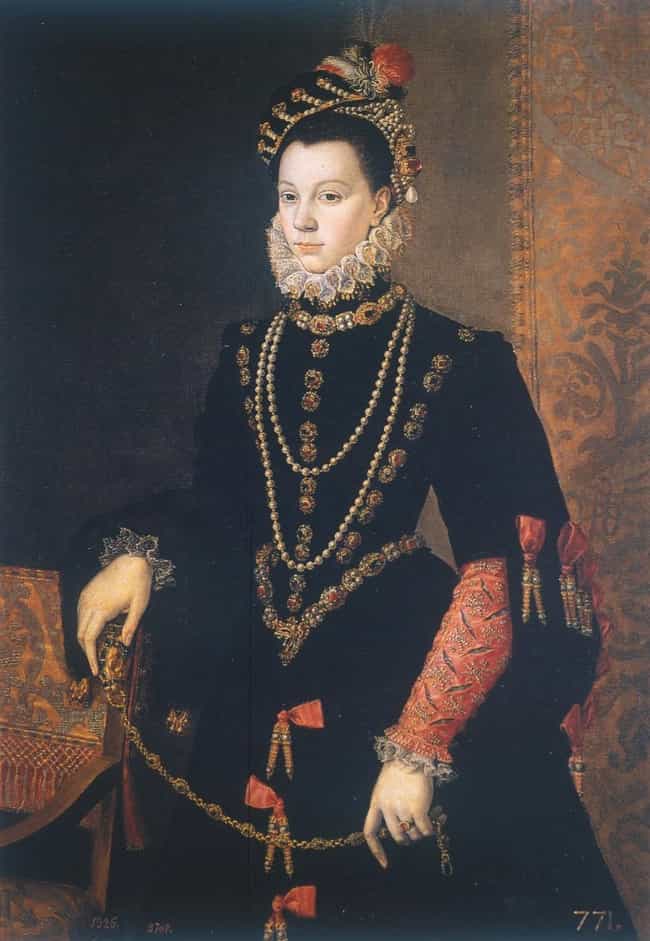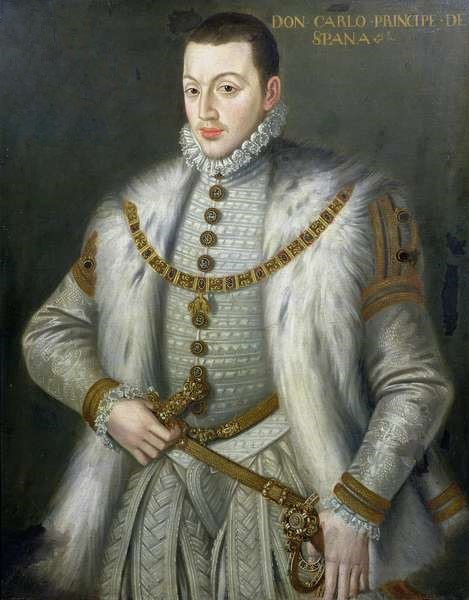Sofonisba became teacher to her younger sisters, Lucia, Minerva, Europa, and Anna Maria. Of these Lucia showed the most promise. According to seventeenth-century biographer Filippo Baldinucci, Lucia had the potential to "become a better artist than even Sofonisba" had she not died so young. All of the sisters continued to paint throughout their lives, but Sofonisba was definitely the most successful.
By 1554 Sofonisba traveled to Rome and it is there that she came into her own. She continued to work on her art and by 1556 she had made the acquaintance of Michelangelo (yes, that Michelangelo). The nature of their relationship is not clear; some Some scholars have suggested that she may have studied with Michelangelo for a time. Two surviving letters from Sofonisba's father Amilcare to Michelangelo demonstrate the relationship with the great artist as well as Amilcare's concern for his daughters career. In May of 1557 Amilicare sent the following message to Michelangelo,
“honourable and thoughtful affection that you have shown to Sofonisba, my daughter, to whom you introduced to practice the most honourable art of painting.”
 |
| Elisabeth of Valois, Sofonisba Anguissola |
Michelangelo's apparent fondness for the family seems to have helped Sofonisba's career. Contemporary accounts show that Sofonisba's drawings were circulated among the artistic community and at least one drawing was sent to Duke Cosimo I.
Certainly the renown that Sofonisba gained in Italy helped to secure her position as lady-in-waiting at the Spanish court. In 1559 Sofonisba traveled to Madrid where she took up residency as court painter and painting tutor to Elisabeth of Valois, Phillip II's queen. Sofonisba spent several years at the Spanish court and was held in high regard. There she produced several official portraits of the members of the Royal Family and other members of the court.
These portraits were more difficult than her earlier somewhat playful paintings of her family members. An official portrait had to be precise and detailed. Sofonisba would have had to spend hours painting the fine lace collars, and intricate fabrics all while perfecting the face of the sitter.
 |
| Don Carlos, son of Philip II of Spain, Sofonisba Anguissola |
Sofonisba continued to paint and teach the rest of her life. She acted as patroness to several female artists of the day that we will learn more about in the coming weeks: Lavinia Fontana, Barbara Longhi, Fede Galizia and Artemisia Gentileschi.
After Fabrizio's death, Sofonisba fell in love with a sea captain and merchant, Orazio Lomellino. Orazio was fairly wealthy by all accounts. Along with Sofonisba's income from painting and teaching, her royal pension, and Orazio's business interests they were able to live quite comfortably. The two were married until Sofonisba passed from this world at the age of about 92. Their love is memorialized by Orazio in the following....
To Sofonisba, my wife, who is recorded among the illustrious women of the world, outstanding in portraying the images of man. Orazio Lomellino, in sorrow for the loss of his great love, in 1632, dedicated this little tribute to such a great woman.
— Orazio Lomellino, Inscription on Sofonisba's tomb
Sofonisba lived life on her terms. Certainly she was a trailblazer for women artists. She is the first woman to make a life long career as a financially successful working artist, teacher, and inspiration to other artists.
+++++++++++++++++++++++++++++++
Chin, Lily, "SOFONISBA ANGUISSOLA AND HER EARLY TEACHERS" (2018). CUNY Academic Works. https://academicworks.cuny.edu/hc_sas_etds/276
Perlingieri, I. (1988). Sofonisba Anguissola's Early Sketches. Woman's Art Journal, 9(2), 10-14. doi:10.2307/1358314
No comments:
Post a Comment